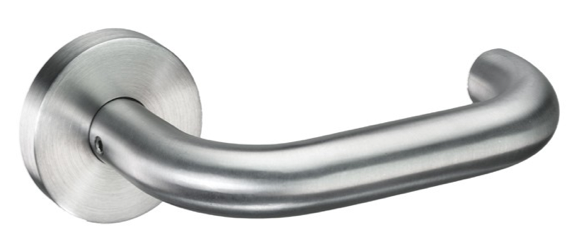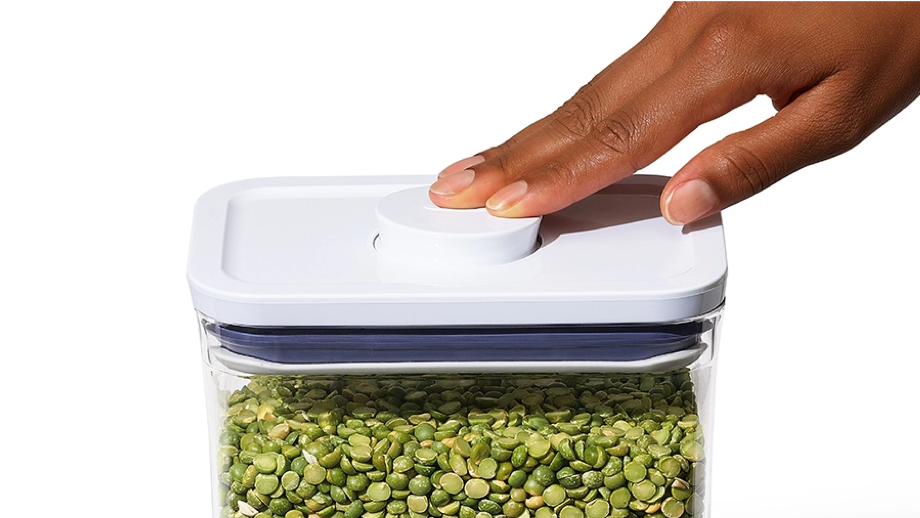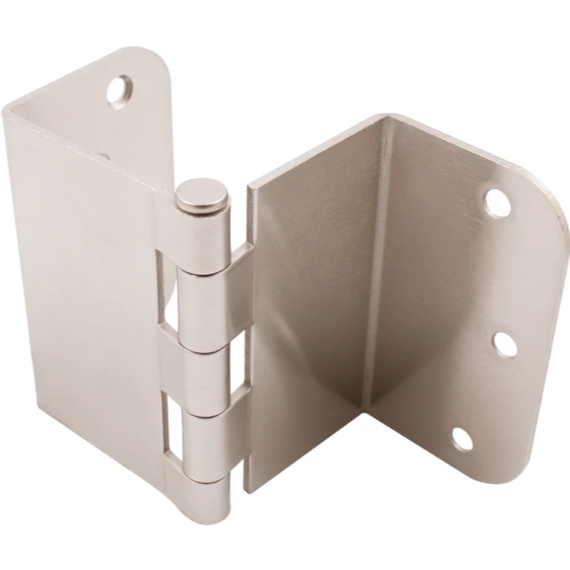
Access/ABLE
If so, chances are you used curb cuts to get from one section of a sidewalk to another. Curb cuts are slight slopes placed at intersections and other parts of sidewalks. They are designed to make travel easier for those in wheelchairs, but they make navigating the world easier for others as well, no matter what their age, size, or ability. This is Universal Design.
Automatic sliding doors for grocery stores. Audio cues when the lighted walk signals change at intersections. Closed captioning on videos. Voice-command devices that can change the temperature of your house or search for something on the world wide web. All make spaces, actions, and objects more accessible and inclusive. Some might think that universal design means making things more complicated, but as the objects on these tables show, the end result is often the opposite. Can you think of other examples of universal design?

Technology, Covid-19 and accessibility:
Opportunities and challenges for museums
By Kevin Bacon and Dr. Lara Perry
Kevin Bacon is Digital Manager at The Royal Pavilion and Museums, Brighton & Hove; in Brighton, U.K. Dr. Lara Perry is Deputy Head, School of Humanities at the University of Brighton; U.K.
The United Kingdom is richly provisioned with museums. According to its national Museums Association, there are 1800 accredited museums and probably around 2500 museums altogether in the four geographically small, but densely populated countries that make up the U.K. Ranging from single rooms of local history managed by small voluntary associations to large national organizations with multiple sites such as the Victoria and Albert Museum or Tate, museums are a significant part of the cultural, educational, social and intellectual life of villages, towns and cities across the United Kingdom. As public services, museums of all sizes and aims are regulated by the U.K. Equality Act of 2010, which synthesized equalities legislation relating to a wide range of what are termed “protected characteristics” under one umbrella legislation. The Equality Act broadly adopts the social model of disability and enshrines the legal obligation to make “reasonable adjustments to remove barriers for disabled people” so that they may enjoy the services of museums and other public on the comparable terms as they are offered to the able bodied. The requirements of the U.K.’s Equality Act are less rigorous than the expectations outlined by Universal Design or its European Equivalent, Design for All, but 10 years on from its passage into law the impact on museums and their diverse audiences is being increasingly felt.
Checkout These Tactile Items

Truncated domes (AKA detectable warnings, tactile paving, detectable warning surfaces) are ground surface indicators designed to assist and warn pedestrians who are blind or visually impaired.
Truncated domes feature a unique pattern of cones that are easily detected by a cane or foot, alerting the visually impaired to the presence of a street or sudden drop-off.
Truncated domes were first developed by the Japanese in the mid-1960s and expanded to Australia and the UK. The United States adopted the technology in the early 1990s, followed soon by Canada.
The lever design provides an easier grip when opening a door and it prevents your hand from slipping. This is a benefit to the elderly and for those with a physical disability. The design is also useful if your hands are wet or greasy as it can make pulling a doorknob more difficult.
Another advantage is that the lever design enables doors to be opened from a latched position even when your hands are full, so you can depress the lever with your elbow


The TV remote control has tactile dots on the PLAY, AUDIO, numerical 5, and Channel Up buttons (except when the remote control doesn’t have these corresponding buttons) to help you locate the target button easily without looking.
For example, the Channel and Volume buttons are the same shapes, but you can distinguish between the two because the Channel Up button has a tactile dot.
Flat Paneled Light Switch
The increased surface area of these switches provides a much larger access point than a traditional light switch, therefore making it more accessible to individuals with mobility or vision impairments.


Keyboard
The ridges found on the F and J buttons on a computer keyboard are designed to help users locate the correct keys without looking down.
The reason why only these keys have ridges is to help users place their hands in the optimum typing position.
With your index fingers on the two ridged keys – your left-hand covers A, S, D, and F while the right covers J, K, L, and colon.
Other adaptations have also been attempted to increase the speed and accuracy of a keyboard user, such as raising the edges of the A, F, J, and semi-colon keys.
The container can be easily opened and closed by simply pressing an extra-large button on the lid. After the container has been opened, the button can also be used as a large simple handle.


A trackball allows users to effortlessly scroll pages independently of the cursor’s position on the screen.
OXO Kitchen Utensils
OXO uses universal design when developing any product, and its kitchen utensil set was designed so that any user could easily grip them, regardless of manual dexterity. An extensive user-testing phase took place to ensure that the products were as universally-accessible as possible.


Getting through doorways in your home while using a wheelchair, walker, or other mobile devices can sometimes be a tight squeeze. Replacing standard door hinges with expandable door hinges can help make getting through those doorways a breeze!
Expandable door hinges create an extra 2 inches of space within a doorway and allow barrier-free access.
What do accessibility and universal design mean to you?
Do you have a favorite object, space or system that makes society more accessible? When did you first become aware of it?
If you could change one thing to be more accessible, what would it be and why? How might you re-imagine accessibility?
You can share your story one of three ways:
– Download the free Be Here Stories app for iPhone, open the app, click SPEAK, and then select Stories About Other Places and Experiences
– Call 1-833-TEL-STRY (1-833-835-7879) to record your story.
– Record directly on our website.
